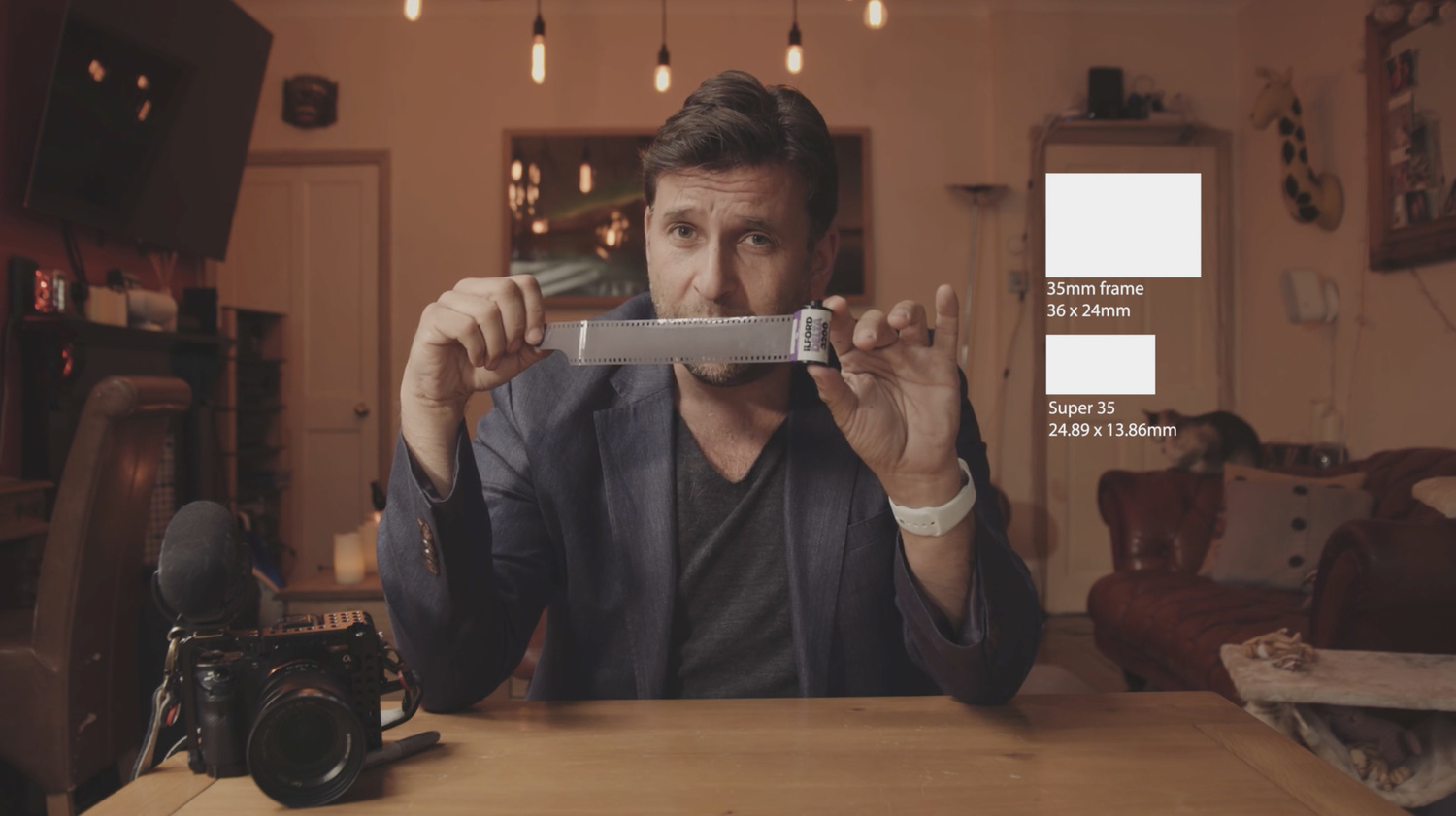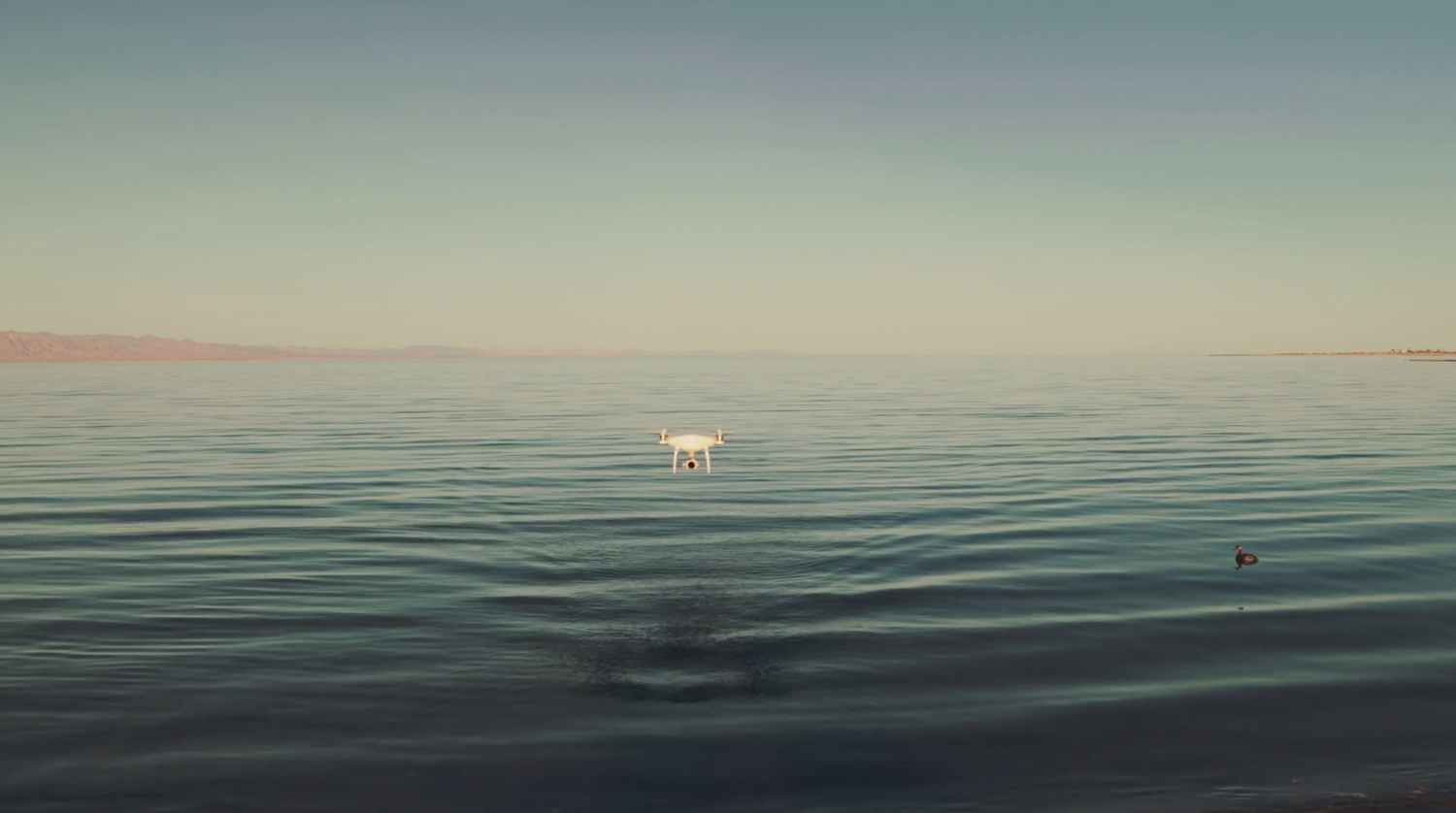Philip Bloom is a world-class filmmaker with an impressive body of work in broadcast TV, feature films, and independent productions. Most recently he has been the cinematographer on the acclaimed CNN show “The Wonder List.” When I found out that he was partnering with MZed to create an immersive course on filmmaking, I jumped at the chance to review it and also had the opportunity to speak to him about the project.
Bloom described the genesis of this course: “MZed approached me to record a course with high production value. They initially suggested a drone course but I felt it was a bit too limiting. I said, ‘How about I do everything that I know and put it into a multi-part course instead?’”
The end result of the roughly six-month project is a 9 hour and 27 minute course divided into nine modules (i.e., lessons). Each module is simultaneously stand-alone and part of a cohesive flow. This is further emphasized by the fact that you can purchase the entire course or you can purchase modules on an individual basis if your main interest lies in one of the topics, which are:
- Introduction and Lens Whacking
- The Basics
- Visual Storytelling
- Interviews
- Slow Motion
- Time-lapse
- Aerial Cinematography and Drones
- The Story
- Postproduction

Bloom spent a significant amount of time designing the course in a precise manner so that the modules were ordered by importance and complexity with the basics and technical concepts first, followed by composition, and finally filmmaking theory and principles. "When do we move the camera? Why do we move the camera? How do we build up a sequence of shots?"



Before watching the lessons, I assumed I would find the Time-lapse or Aerial Cinematography and Drones modules the most interesting. I was surprised to find that it was actually the Visual Storytelling and Interviews modules that were the most beneficial as both focused on the overall approach to filmmaking regardless of the tools used. Bloom does a great job bringing home the point throughout the course that everything you do as a filmmaker should be done in service of the story. “Never be led by the gear, be led by the shots,” he preaches continuously. His explanations of defined and motivated shots struck a chord with me and sent home the message that story is king.

Bloom is clearly comfortable on camera and is a natural teacher. He has a clear and concise instructional style along with a wry wit, making his lessons easy and fun to follow. He starts off with the basic foundational tools and gradually builds these tools into more complicated topics in a logical, cohesive fashion. Throughout, he does a great job of illustrating concepts with examples in various real-world situations and talking the audience through the use of these concepts in his own work. The Time-Lapse module is particularly fascinating in this regard as Bloom spends a couple of days in and around London filming time-lapses while teaching the concepts. He then shows the end results and critiques his work.

Bloom and his team, talented creatives Julian Wakefield and Sarah Seal, work through numerous scenarios throughout the course in various locations and lighting situations to demonstrate each concept as thoroughly as possible. The penultimate module, The Story, is the culmination bringing together all of these techniques, skills, and tools, and focusing on “how to find your story and how to tell your story” by going through the process of making a mini-documentary.

Throughout the course, Bloom uses a variety of cameras and lenses. He never delves into the specifics of any particular piece of gear as he finds it irrelevant, preferring to focus on the principles and the skills over kit. Bloom is camera agnostic and uses “the best camera for the job.”
The course is extensive (and at times exhaustive with the sheer amount of information presented), and I definitely see it not only as a great instructional series of videos but also as a valuable reference resource to come back to again and again. The Postproduction module is the longest by far as Bloom walks the audience through his entire workflow, replete with his editing choices, style, and tips.

The MZed website is easy to navigate and the course has a simple, intuitive interface. You can stream each module in HD 1080p or download it to your computer and watch it in 4K. One note: the downloaded files are HEVC (H.265) encoded so you will need to ensure your video player can support the playback. For Apple users, macOS High Sierra (version 10.13) includes H.265 video support on newer Macs. MZed offers a number of classes on filmmaking and photography that are worth exploring, though "Philip Bloom's Cinematic Masterclass" seems to be the only one that can be downloaded at this time.
Overall, I thoroughly enjoyed the course. Each module was well thought out, jam-packed with useful information, and fascinating to watch. The course featured high production value and had a cinematic quality to it. Though it's not often something I notice in tutorials (unless it's jarring), I really enjoyed the background music as well. It complemented and at times enhanced the lessons.
Bloom told me that he views creating and filming for a living as the best job in the world. His passion for and love of his craft shines through in this course as he hopes to inspire others carving their own path in the discipline of filmmaking.



What I Liked
- Well thought out course with modules that logically and cohesively build on each other.
- Bloom is a very knowledgeable instructor with the ability to easily and clearly convey that knowledge to the audience.
- Great use of real-world examples and field work in a variety of situations with detailed explanations throughout the course.
- High production value with a cinematic look and feel, making it easy to watch.
- $199 price is good for a tutorial of this depth, breadth, and quality.
What Could Be Improved
- Though Bloom touches on it throughout the course, it would have been nice to have a dedicated module for all things audio.
- It would be better if MZed was able to break out each module into smaller subsections (following the Lynda.com model) for a quicker and easier rewatching experience. I plan on using this course as a reference tool but I don't necessarily want to watch the entire module to find the section that I want to reference.
The course can be purchased for $199 or bundled with an MZed Pro membership (allowing unlimited access for all courses on the site for a year) for $399. Alternatively, you can purchase individual modules for $79.






Thanks Aneesh for the cool review. I hope to be able to update the course with chapters for each episode, I am hoping that Vimeo (who host the course) will make this a feature at some point. Thank you!
Good job PB! Great stuff as always.
Absolutely. Excellent course and looking forward to seeing more tutorials from you in the future!
I've been trying to make the jump from photography to video (partially). Just bought the course and can't wait to learn.
Aneesh, I'm assuming this course was self-paced? Was there any kind of assessment or was it structured like lynda.com tutorials where they purely give you the information and then do what you will with it?
Andrew, yes it's entirely self-paced. No assessment - each module is about an hour long. Completely up to you to make the best use of the information. As I mention in the review, I see this as a great reference resource and plan on going back to certain sections as I encounter similar situations in my work. Great question - thanks for reading!
Thanks Aneesh! I appreciate the review. Thinking about taking it myself.
Is there no chapter on lighting? Isn't this one of the most important fundamentals?
Lighting is covered in every episode because as you say it is fundamental. Lighting for interviews is in interview episodes, lighting for slow motion is in slow motion episode etc.
Good to know. Thanks.